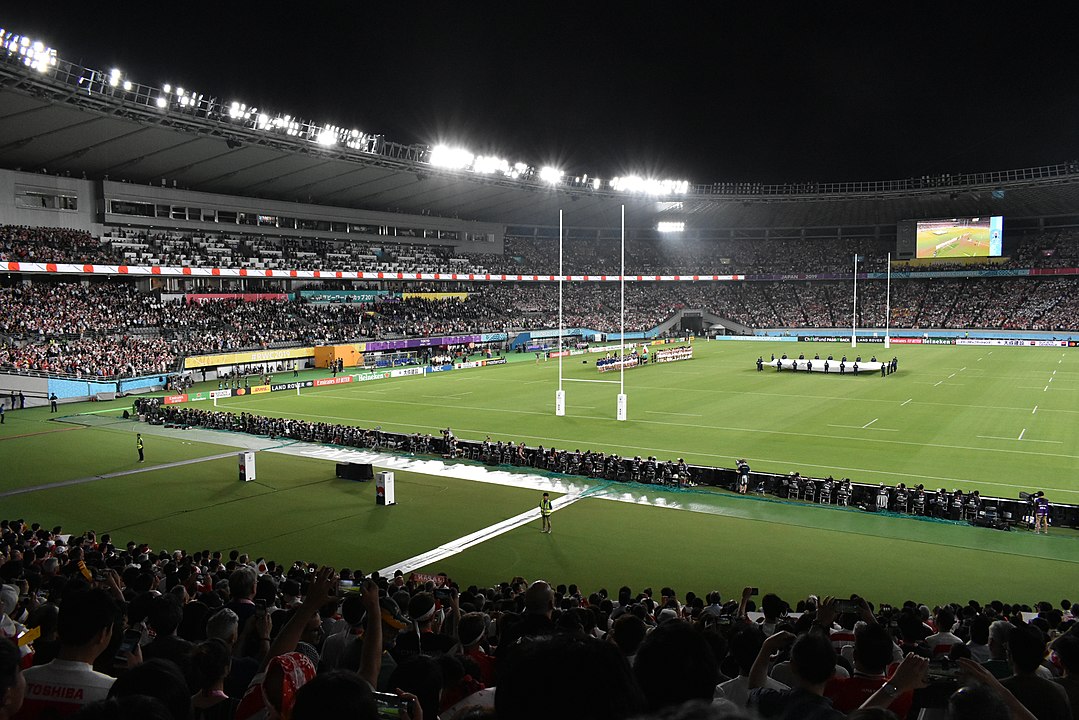The Tokyo Olympics are going green – and teaching cities around the world how to adapt to climate change
‘The Olympics are a big event, so it is a good opportunity to get our citizens involved in addressing the issues of climate change’
I
nnovations such as roads that reflect heat and water-absorbing pavements that will help the Olympic Games in Tokyo be a carbon neutral event, could also be adopted by other cities looking to mitigate climate risks, urban experts said.
Tools set for the 2020 Games include uniforms made from recycled plastic and cool zones for pedestrians to escape hot weather, can become regular features in Japanese cities and elsewhere, said an official at the Tokyo environment bureau.
“The Olympics are a big event, so it is a good opportunity to get our citizens involved in addressing the issues of climate change and sustainability,” deputy director Kumiko Sugawara said at the sidelines of a United Nations urban forum in Penang.
“Tokyo is facing more climate risks like hotter weather and more frequent typhoons. By getting the public involved in meeting the goal of being a zero-carbon city, we hope efforts will continue even after the Games,” she said on Tuesday.
Earlier this month, several matches in the Rugby World Cup in Japan were called off for the first time in the tournament’s 32-year history because of Typhoon Hagibis.

Typhoon Hagibis caused the cancellation of several matches at the Rugby World Cup in Japan
The International Olympic Committee’s (IOC) sustainability strategy seeks to maximise the use of existing facilities, ensure new constructions benefit local communities, and limit the event’s greenhouse gas emissions.
Organisers of the Tokyo Olympic and Paralympic Games aim to offset all carbon emissions generated, said Junichi Fujino, an environmental researcher on the city’s taskforce.
Few new facilities are being built, with the main stadium where the opening and closing ceremonies will be held made from sustainably sourced timber, he said, and wood used for some venues to be re-used in public benches and buildings.
All medals will be made from metal extracted from recycled consumer electronics, including about 6.2 million used mobile phones. The Olympic torch is made from aluminium waste, and the podiums from recycled household and marine plastic waste.
Electricity for the Games will come from renewable sources.
The challenge is also to limit the impact of high humidity and temperatures that commonly exceed 30 degrees Celsius (86F) in July and August, Fujino told the Thomson Reuters Foundation.
“Hotter summers are a challenge, and the Games are in the summer. So we are taking all measures possible to reduce the impact on athletes and visitors,” he said.
These include asking companies and the public to cover buildings with plants, vapour sprays, sprinkling water on the ground, and ensuring shaded areas and cool zones in the city.
Timings of some events will be adjusted for the heat, with innovations such as heat minimising pavements and a resin-based material that can reflect infrared rays to cut road surface temperature by as much as 8C, Fujino said.
The IOC last week said it will move the marathon and race walking events to Sapporo in the cooler northern Hokkaido island because of worries about heat in the Japanese capital.
“We of course want the Games to be a big success, but we also want to ensure it is a zero-carbon and sustainable event, with innovations that reduce heat impact that can be adapted in Tokyo and elsewhere even after the Games,” Fujino said.
The ideas presented in this article aim to inspire adaptation action – they are the views of the author and do not necessarily reflect those of the Global Center on Adaptation.